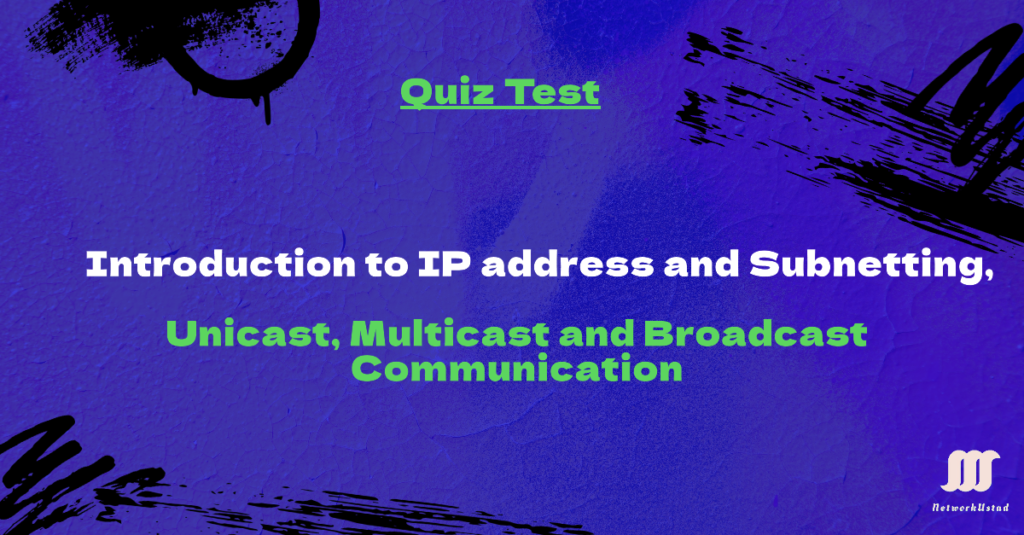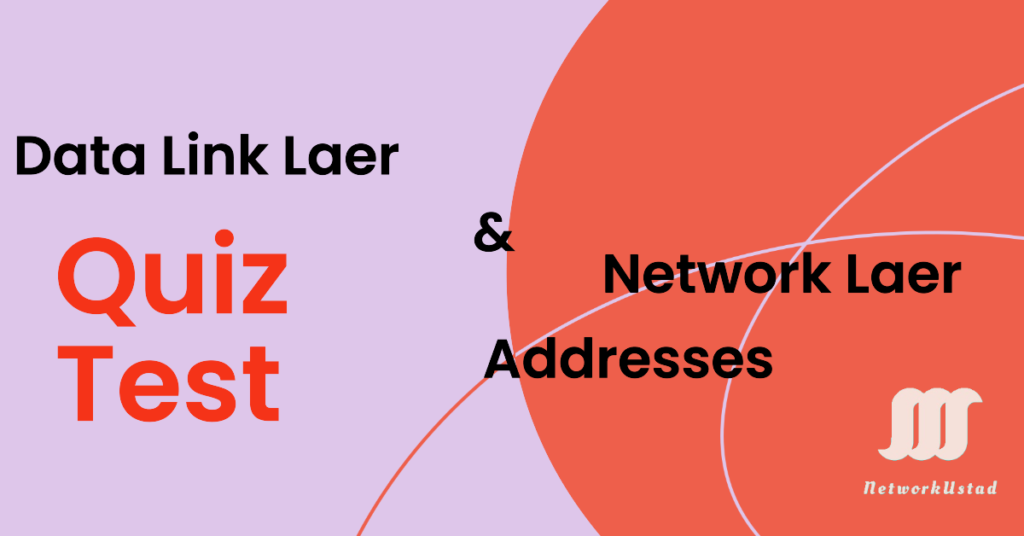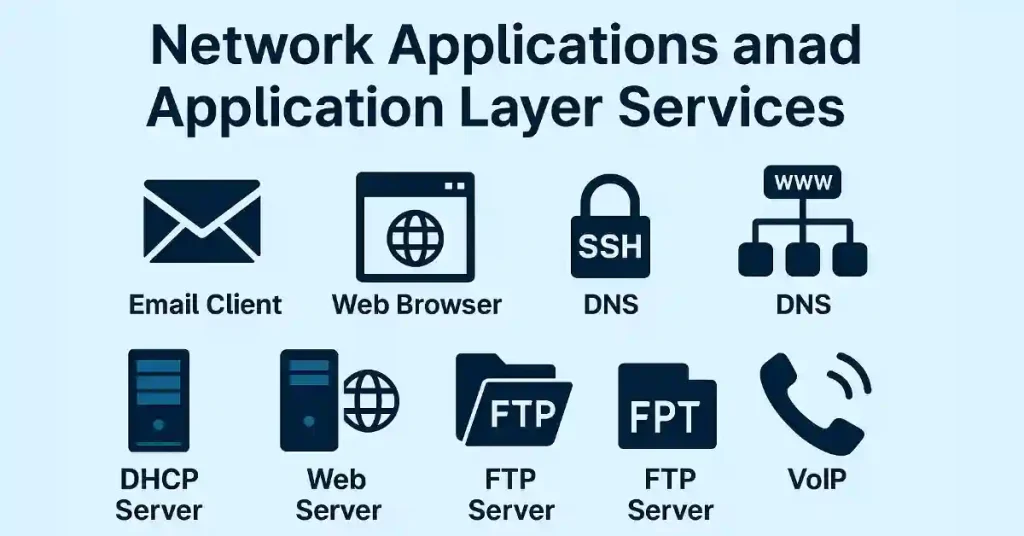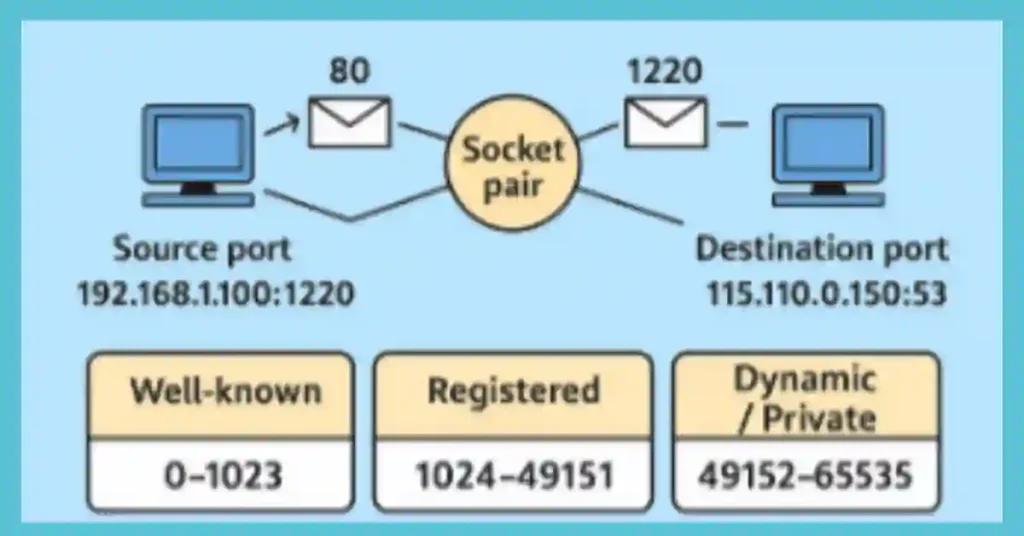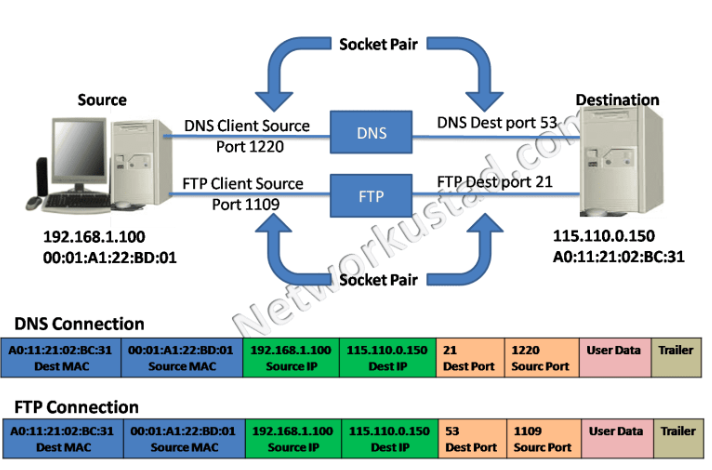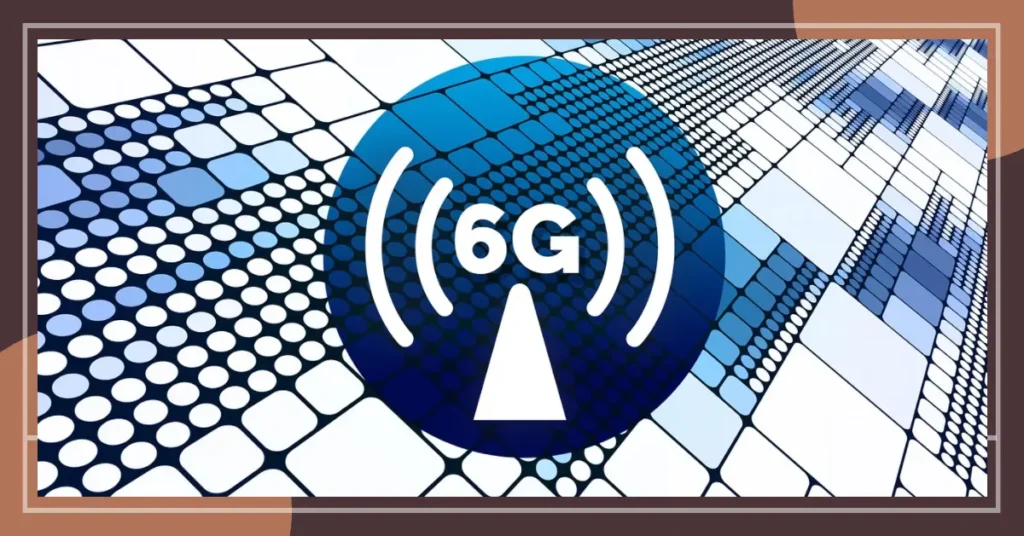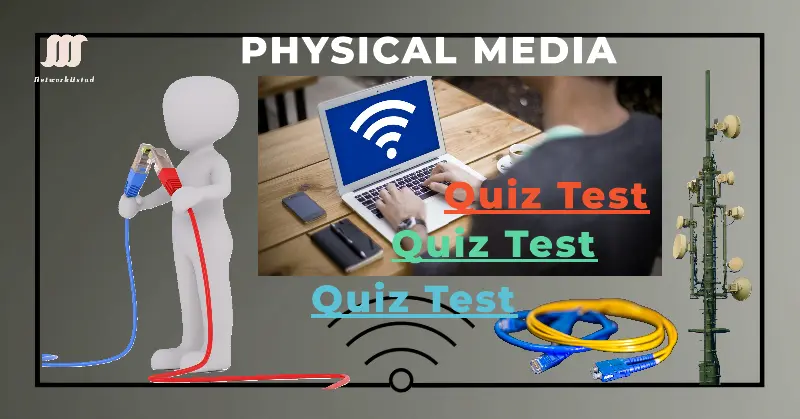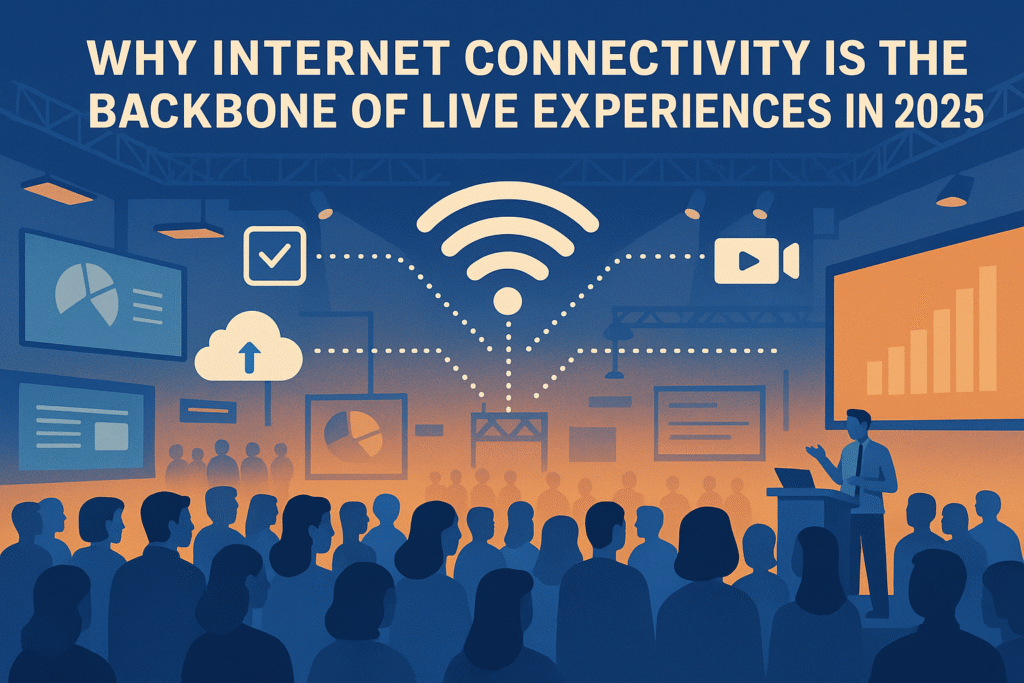The evolution of wireless communication has been a cornerstone of technological progress, transforming how we connect, communicate, and interact with the world. From the analog simplicity of 1G to the high-speed, low-latency capabilities of 5G, each generation of wireless networks has pushed the boundaries of what’s possible. As 5G continues to roll out globally, the tech world is already looking ahead to the next frontier: 6G, the sixth-generation wireless network. Expected to debut commercially around 2030, 6G promises to redefine connectivity with unprecedented speeds, ultra-low latency, and transformative applications that could reshape industries, economies, and societies.
This article provides a comprehensive exploration of 6G networks, delving into their technical foundations, potential applications, challenges, global development efforts, and societal implications. With 6G still in its research and development phase, this guide aims to demystify its potential and highlight the hurdles that must be overcome to make it a reality.
What is 6G?
It is the next generation of wireless communication technology, succeeding 5G. While 5G introduced significant improvements over 4G—such as peak data rates of up to 20 Gbps, latency as low as 1 millisecond, and support for massive Internet of Things (IoT) deployments—6G aims to push these metrics to new extremes. Researchers envision 6G achieving peak data rates of up to 1 terabit per second (Tbps), latency as low as 1 microsecond, and connectivity for billions of devices, enabling a hyper-connected world.
Unlike previous generations, which primarily focused on improving speed and capacity for mobile users, 6G is designed to integrate advanced technologies like artificial intelligence (AI), edge computing, and integrated sensing and communication (ISAC). It aims to create a seamless, intelligent, and sustainable network that supports futuristic applications, from holographic communications to brain-computer interfaces.
What 6G Wants to Achieve
It has some pretty ambitious goals:
- Crazy fast speeds that make today’s connections look like dial-up
- Coverage everywhere – from downtown Manhattan to the middle of the ocean
- Networks that think and adjust themselves using AI
- Much greener technology that uses way less energy
- Networks that double as sensors, mapping the world in real-time
The Tech That Makes 6G Tick
Super High Frequencies
It will use terahertz frequencies – radio waves that oscillate so fast they make 5G look like a snail. These waves can carry massive amounts of data, but they’re also super finicky. They get blocked by pretty much everything – walls, rain, even your hand. So how will they work? Engineers are cooking up some clever solutions:
- Smart surfaces that can bounce and redirect signals around obstacles
- Super-focused beams that zero in exactly where data needs to go
- New materials that work better with these tricky frequencies
The challenge is like trying to have a conversation by whispering across a football field – you need special tools to make it work.
AI Baked Into Everything
With 6th Generation, AI isn’t just an app on your phone – it’s woven into the very fabric of the network. The network will think for itself:
- It’ll predict where data traffic will get heavy before it happens
- Spot and block hackers in real-time
- Fix problems before you even notice them
Imagine your network as a smart assistant that’s constantly working behind the scenes to keep everything running smoothly.
Computing at the Edge
Today, most data processing happens in huge data centers miles away from your device. With 6G, a lot more computing will happen close to you – at the “edge” of the network. This means:
- Near-instant response for things like self-driving cars and AR glasses
- Your data doesn’t have to travel as far, saving energy and time
- Better privacy since some data never leaves your local area
It’s like having mini data centers everywhere instead of a few giant ones.
Networks That See and Feel
One of the coolest 6G features is that the network itself becomes a giant sensor. By analyzing how radio waves bounce off objects, 6G networks can:
- Map buildings and streets in 3D without cameras
- Detect movement, air quality, even structural changes in buildings
- Create “digital twins” – virtual copies of physical places updated in real-time
Your phone network might soon tell the city when a pothole forms or alert you to air quality issues on your jogging route.
Internet From Above
Getting 6G everywhere means thinking beyond ground-based towers. The full 6th Gen vision includes:
- Swarms of low-orbiting satellites blanketing the Earth
- High-flying drones or balloons acting as flying cell towers
- All these systems are talking to each other seamlessly
The goal is true connectivity anywhere, from the highest mountain to the middle of the ocean.
Quantum Security
With all this connectivity comes huge security risks. That’s why 6G researchers are exploring quantum communication – using the weird properties of quantum physics to create unhackable connections. While still experimental, this could revolutionize how we keep data safe.
Green by Design
It will use a ton of energy unless we’re careful. Researchers are working on:
- Devices that harvest energy from radio waves, light, or movement
- Super-efficient transmitters that use a fraction of today’s power
- Smart systems that shut down when not needed
The goal is a network that gives us amazing speed without cooking the planet.
What We’ll Do With 6G
Next-Level Virtual Experiences
Remember when 3D movies seemed impressive? With 6G, we’re talking about:
- Holographic video calls that make it feel like people are in the room with you
- Virtual worlds (metaverse) with no lag or glitches
- AR glasses that overlay helpful info on everything you see
For example, doctors could perform surgery remotely using robotic arms with perfect real-time control, or you could attend a concert virtually and feel like you’re there.
Machines That Think for Themselves
It will supercharge autonomous systems:
- Self-driving cars that communicate with everything around them
- Drone swarms that work together like flocks of birds
- Robots that can work safely alongside humans in complex environments
These systems won’t just follow programs – they’ll make their own decisions based on what they sense around them.
Cities That Think
Smart cities will get a whole lot smarter with 6G:
- Traffic systems that predict and prevent jams before they happen
- Power grids that balance themselves and prevent outages
- Emergency services that respond to problems before you call 911
It’s like giving your city a brain that’s constantly working to make life better.
Healthcare Revolution
It could transform healthcare in ways we’re just beginning to imagine:
- Surgeons operating remotely with perfect precision
- Tiny sensors in your body report health data in real-time
- AI doctors that can diagnose problems instantly
Your smartwatch might spot a health issue days before you’d notice any symptoms.
Mind-Machine Connection
This one’s straight out of sci-fi, but 6G might enable brain-computer interfaces that:
- Let you control devices just by thinking
- Help people with paralysis move robotic limbs
- Create new ways for humans to interact with technology
While still mostly theoretical, these technologies could completely change what it means to be connected.
Factories of the Future
Manufacturing will get a major upgrade with 6G:
- Digital twins of factories that can simulate changes before making them
- Ultra-precise automation with zero delay
- Supply chains that predict problems months in advance
Imagine a factory that can completely reconfigure itself overnight to make different products as demand changes.
The Bumps in the Road
Getting to 6G won’t be easy. Some major challenges include:
Technical Headaches
- Those super-fast terahertz signals just don’t travel far or go through obstacles
- We need to invent new hardware that can handle these frequencies
- Managing interference between billions of connected devices will be a nightmare
Money, Money, Money
It will cost a fortune to deploy:
- We’ll need way more cell sites than with 5G
- Launching satellite networks isn’t cheap
- Many places are still rolling out 5G and will resist another upgrade so soon
Keeping It Safe
Security concerns are huge:
- More connected devices mean more potential targets for hackers
- All that personal data floating around raises major privacy issues
- Quantum computers might break our current encryption methods
Political Mess
The 6G race is getting political:
- Countries are fighting over who will control the standards
- Trade wars and bans on certain tech companies complicate global cooperation
- Everyone wants the economic advantage that comes with leading in 6G
Power Hungry
All this amazing tech needs electricity:
- Dense networks of small cells could drain power grids
- Data centers already use massive amounts of energy
- Balancing performance with sustainability will be tough
Who’s Leading the 6G Race?
Asia Charging Ahead
- China is going all-in, with a test satellite already in orbit and major research programs
- Japan’s NTT and partners have prototypes hitting 100 Gbps in labs
- South Korea (home of Samsung) is targeting commercial 6G by 2030
Europe Taking a Different Approach
The EU is focusing on sustainable, open standards with Nokia and Ericsson leading the charge. They’re emphasizing green tech and avoiding the winner-takes-all mentality of some other regions.
America Playing Catch-Up
The U.S. is bringing together companies like AT&T and Verizon with universities to develop North American 6G standards. They’re focusing on security and keeping pace with Asian developments.
The Rest of the World
- India is ramping up 6G research to support its booming tech sector
- Middle Eastern countries like the UAE are looking at 6G for advanced smart cities
- Developing regions are concerned about being left even further behind
Standards Wars
The 3GPP organization that created 5G standards is working on 6G, with key milestones expected around:
- 2024: First research standards
- 2028: Complete technical standards
- 2030: First commercial networks (probably in Asia)
How 6G Will Change Our World
Economic Impact
6G won’t just change tech – it’ll reshape economies:
- Create millions of jobs in new industries we can barely imagine today
- Enable business models that aren’t possible with current tech
- Give early-adopter countries a huge competitive advantage
Closing the Digital Divide?
It could finally connect everyone – or widen the gap:
- Global satellite coverage could bring the internet to remote areas
- But high costs might mean only wealthy regions get the best service
- The tech divide could become even more pronounced
Ethical Questions
It raises some tough questions:
- With networks that can sense everything, where does privacy end?
- Could immersive virtual worlds become more appealing than real life?
- How do we ensure the benefits reach everyone, not just the wealthy?
Global Power Shifts
Whoever leads in 6G gains enormous influence:
- Countries are treating it as a national security priority
- Tech standards become a form of soft power
- The economic benefits of leading could reshape global trade
When Will 6G Happen?
The road to 6G looks something like this:
- Right now through 2025: Basic research and wild ideas
- 2025-2028: Standards get hammered out, early tests begin
- 2028-2030: First commercial networks appear in tech-forward countries
- 2030-2035: Widespread adoption as 5G phases out
Don’t throw out your 5G phone just yet – the transition will be gradual, with 5G and 6G coexisting for many years.
The Bottom Line
It represents a massive leap in how we connect and the world around us. It’s not just another G – it’s a completely new approach to networks that sense, think, and adapt.
While the technical challenges are enormous and the timeline uncertain, the potential benefits are too big to ignore. From holographic communication to smart cities to breakthroughs in healthcare, 6G could reshape society in ways we’re just beginning to understand.
The race is on, with countries and companies pouring billions into development. By 2030, we might start seeing the first fruits of these efforts – and by 2035, we might wonder how we ever lived without them.
Just remember: every generation of wireless has been hyped as revolutionary, but each has indeed changed our world in ways we didn’t expect. 6G will likely do the same, just not necessarily in the ways we’re predicting today.
Key Objectives of 6G
- Extreme Performance: Achieving terabit-per-second speeds and microsecond latency to support real-time applications.
- Ubiquitous Connectivity: Providing seamless global coverage, including rural and remote areas, through terrestrial and non-terrestrial networks (e.g., satellites).
- Intelligence: Embedding AI to optimize network performance, enhance security, and enable autonomous operations.
- Sustainability: Reducing energy consumption and environmental impact through efficient network designs.
- Sensing Capabilities: Enabling networks to act as sensors for environmental monitoring and digital twins.
Technical Foundations of 6G
It’s ambitious goals require breakthroughs in multiple technical domains. Below, we explore the core technologies and innovations driving 6G development.
1. Frequency Bands: Millimeter Waves and Terahertz Frequencies
It will leverage higher frequency bands than 5G, which primarily operates in sub-6 GHz and millimeter-wave (mmWave) bands (24–100 GHz). To achieve terabit-per-second speeds, 6G is expected to utilize terahertz (THz) frequencies, ranging from 100 GHz to 3 THz. These ultra-high frequencies offer vast bandwidths, enabling massive data throughput.
However, THz waves face significant challenges:
- Signal Attenuation: THz signals are highly susceptible to absorption by atmospheric elements like water vapor and oxygen, limiting their range.
- Line-of-Sight Requirements: THz waves require a clear line of sight, as they are easily blocked by walls, buildings, and even human bodies.
- Hardware Limitations: Developing antennas, transceivers, and amplifiers for THz frequencies is complex and costly.
Researchers are addressing these issues through innovations like:
- Reconfigurable Intelligent Surfaces (RIS): These are programmable surfaces that reflect and manipulate radio waves to improve signal coverage and overcome obstacles.
- Advanced Beamforming: Using massive multiple-input multiple-output (MIMO) antennas to focus signals precisely, improving range and efficiency.
- Superconducting Materials: Exploring materials that reduce energy loss in THz transmission.
2. Artificial Intelligence and Machine Learning
AI and machine learning (ML) are integral to 6G, enabling intelligent network management and optimization. Unlike 5G, where AI is an add-on, 6G will embed AI at every layer of the network, from the core to the edge. Key applications include:
- Network Optimization: AI can predict traffic patterns, allocate resources dynamically, and optimize energy consumption.
- Security: AI-driven threat detection can identify and mitigate cyberattacks in real time, crucial for 6G’s expanded attack surface.
- Automation: AI will enable self-organizing networks (SONs) that autonomously configure and maintain themselves, reducing operational costs.
For example, AI can manage complex tasks like spectrum allocation in real time, ensuring efficient use of THz frequencies. It can also enable predictive maintenance for network infrastructure, reducing downtime.
3. Edge Computing and Distributed Intelligence
6G will rely heavily on edge computing, where data processing occurs closer to the end user rather than in centralized cloud servers. This reduces latency and bandwidth demands, critical for applications like autonomous vehicles and augmented reality (AR). In 6G:
- Multi-Access Edge Computing (MEC): Edge nodes will process data locally, supporting real-time applications with microsecond latency.
- Distributed AI: AI models will run at the edge, enabling faster decision-making for IoT devices and smart systems.
- Network Slicing: 6G will enhance network slicing, allowing virtualized network segments tailored to specific use cases (e.g., low-latency slices for autonomous drones).
4. Integrated Sensing and Communication (ISAC)
One of 6G’s most innovative features is ISAC, where the network serves dual purposes as a communication system and a sensor. By analyzing radio wave reflections, 6G networks can:
- Map Environments: Create real-time 3D maps for applications like autonomous driving and smart cities.
- Monitor Conditions: Detect changes in weather, air quality, or infrastructure health.
- Enable Digital Twins: Support virtual replicas of physical systems for real-time monitoring and optimization.
ISAC could transform industries by providing data-rich insights without dedicated sensors, reducing costs and complexity.
5. Non-Terrestrial Networks (NTNs)
To achieve global coverage, 6G will integrate terrestrial networks with non-terrestrial platforms, including:
- Low Earth Orbit (LEO) Satellites: Providing connectivity to remote areas and supporting global IoT deployments.
- High-Altitude Platform Systems (HAPS): Using drones or balloons to extend coverage in underserved regions.
- Inter-Satellite Links: Enabling seamless communication between satellites for global network continuity.
NTNs will ensure 6G delivers ubiquitous connectivity, bridging the digital divide in rural and maritime environments.
6. Quantum Communication and Security
6G is exploring quantum communication to enhance security. Quantum key distribution (QKD) uses the principles of quantum mechanics to create unhackable encryption keys. While still in early research, quantum communication could protect 6G networks from sophisticated cyberattacks, especially as quantum computing advances threaten current encryption methods.
7. Energy Efficiency and Sustainability
6G aims to be more sustainable than previous generations, addressing the environmental impact of telecom infrastructure. Strategies include:
- Energy-Harvesting Technologies: Using ambient energy (e.g., solar or kinetic) to power small cells and IoT devices.
- Zero-Energy Devices: Developing devices that operate without external power sources, leveraging backscatter communication.
- AI-Driven Optimization: Reducing energy consumption by dynamically adjusting network resources based on demand.
Applications of 6G
Its capabilities will enable a wide range of transformative applications across industries. Below are some key use cases:
1. Immersive Extended Reality (XR)
6G’s ultra-low latency and high bandwidth will make immersive XR—encompassing virtual reality (VR), augmented reality (AR), and mixed reality (MR)—a reality. Applications include:
- Holographic Communication: Real-time, high-fidelity 3D holographic calls for remote collaboration.
- Metaverse: Supporting seamless, interactive virtual worlds for gaming, education, and socializing.
- AR Overlays: Enhancing real-world environments with real-time data for industries like manufacturing and healthcare.
For example, a surgeon could use AR glasses to overlay patient data during surgery, with 6G ensuring lag-free updates.
2. Autonomous Systems
6G will power fully autonomous systems, including:
- Vehicles: Enabling vehicle-to-everything (V2X) communication for real-time coordination between cars, traffic systems, and pedestrians.
- Drones: Supporting swarms of autonomous drones for delivery, agriculture, and surveillance.
- Robotics: Facilitating remote control of robots in hazardous environments, like disaster zones or factories.
3. Smart Cities and IoT
6G will connect billions of IoT devices, enabling smart cities with:
- Real-Time Monitoring: Using ISAC to track traffic, pollution, and infrastructure health.
- Energy Management: Optimizing power grids with AI-driven demand forecasting.
- Public Safety: Enhancing surveillance and emergency response with connected sensors and cameras.
4. Healthcare Innovations
6G will revolutionize healthcare through:
- Remote Surgery: Ultra-low latency will enable surgeons to operate remotely using robotic systems.
- Wearable Devices: Supporting real-time health monitoring for chronic conditions.
- Telemedicine: Delivering high-quality video and holographic consultations.
5. Brain-Computer Interfaces (BCIs)
While still speculative, 6G could support BCIs, allowing direct communication between the human brain and external devices. This could enable applications like thought-controlled prosthetics or enhanced cognitive interfaces, though ethical and technical challenges remain significant.
6. Industry 4.0 and Beyond
6G will drive the next industrial revolution by:
- Digital Twins: Creating real-time virtual models of factories for predictive maintenance and optimization.
- Smart Manufacturing: Enabling ultra-precise automation with low-latency communication.
- Supply Chain Management: Enhancing logistics with IoT-enabled tracking and AI-driven forecasting.
Challenges in Developing 6G
While 6G holds immense promise, several challenges must be addressed:
1. Technical Hurdles
- THz Propagation: Overcoming signal loss and range limitations requires breakthroughs in materials and antenna design.
- Hardware Development: Creating cost-effective, reliable THz transceivers and amplifiers is a significant engineering challenge.
- Interference Management: Coordinating spectrum use in dense, heterogeneous networks is complex, especially with NTNs.
2. Infrastructure and Cost
Deploying 6G will require massive investments in:
- Dense Networks: Installing small cells and RIS to support THz frequencies.
- Global Coverage: Integrating satellites and HAPS for universal connectivity.
- Upgrades: Replacing or upgrading 5G infrastructure, which could face resistance due to high costs.
3. Security and Privacy
6G’s expanded attack surface, driven by billions of IoT devices and virtualized networks, poses significant risks. Key concerns include:
- Cyberattacks: Protecting against sophisticated threats like AI-driven hacking.
- Data Privacy: Ensuring user data is secure in a hyper-connected world.
- Quantum Threats: Preparing for quantum computers that could break current encryption methods.
4. Regulatory and Geopolitical Issues
- Spectrum Allocation: Coordinating global spectrum use for THz bands is contentious, with countries competing for control.
- Standardization: Achieving global standards through bodies like the 3GPP is critical to avoid fragmentation.
- Geopolitical Tensions: Trade restrictions, such as bans on Chinese telecom equipment (e.g., Huawei), could hinder collaboration and interoperability.
5. Environmental Concerns
The energy demands of 6G infrastructure, especially dense small-cell networks, could strain power grids. Balancing performance with sustainability is a key challenge, requiring innovations in energy-efficient technologies.
Global Development Efforts
6G is a global race, with countries and companies investing heavily to lead the charge. Below is an overview of key players and initiatives:
1. Asia
- China: A frontrunner in 6G, China launched a 6G test satellite in 2020 and has established multiple research centers. Huawei and ZTE are leading private-sector efforts, with prototypes achieving 100 Gbps in controlled tests.
- Japan: Nippon Telegraph and Telephone (NTT) and partners like NEC have developed 6G prototypes with 100 Gbps speeds. Japan aims for early deployments by 2028.
- South Korea: Samsung and SK Telecom are advancing 6G research, focusing on THz and AI integration. South Korea targets commercialization by 2030.
2. Europe
The European Union is investing through initiatives like the 6G-IA (6G Infrastructure Association) and projects such as Hexa-X. Nokia and Ericsson are key players, focusing on sustainability and ISAC. Europe emphasizes open standards and green technologies.
3. United States
The U.S. is advancing 6G through academic and private-sector collaboration. The Next G Alliance, led by AT&T, Verizon, and others, is shaping North American 6G standards. Research focuses on THz, AI, and NTNs, with DARPA funding cutting-edge projects.
4. Other Regions
- India: Investing in 6G to support its growing digital economy, with research led by IITs and private firms like Reliance Jio.
- Middle East: Countries like the UAE are exploring 6G for smart city applications, leveraging their advanced 5G infrastructure.
5. Standardization Efforts
The 3GPP (3rd Generation Partnership Project) is the global body responsible for 6G standards. Key milestones include:
- Release 18 (2024): Early 6G studies under 5G-Advanced.
- Release 21 (2028): Completion of 6G standards.
- Commercial Deployment: Expected between 2028 and 2030, starting in Asia.
Societal and Economic Implications
6G’s impact will extend beyond technology, reshaping economies, societies, and governance:
1. Economic Growth
6G is expected to drive economic growth by:
- Creating Jobs: From R&D to infrastructure deployment and application development.
- Boosting Industries: Enabling new business models in healthcare, transportation, and entertainment.
- Global Competitiveness: Countries leading in 6G will gain a strategic advantage in technology and trade.
2. Digital Inclusion
By providing global coverage, 6G could bridge the digital divide, connecting underserved regions. However, equitable access depends on affordable infrastructure and devices, a challenge given 6G’s high costs.
3. Ethical and Social Considerations
- Privacy: The proliferation of IoT and sensing capabilities raises concerns about mass surveillance and data misuse.
- Digital Addiction: Immersive XR and metaverse applications could exacerbate screen time and mental health issues.
- Equity: Ensuring 6G benefits are accessible to all, not just wealthy nations or urban areas.
4. Geopolitical Dynamics
6G leadership is a geopolitical prize. Countries like China and the U.S. are competing for dominance, with implications for technological sovereignty and global influence. Collaborative standardization is critical to avoid a fragmented ecosystem.
Timeline and Path to 6G
The journey to 6G involves several phases:
- 2020–2025: Research and early prototyping, with focus on THz, AI, and ISAC.
- 2025–2028: Standardization through 3GPP, with pilot deployments in leading markets.
- 2028–2030: Initial commercial rollouts, likely starting in Asia, followed by Europe and North America.
- 2030–2035: Widespread adoption, with global coverage and mature applications.
The transition from 5G to 6G will be gradual, with 5 G-Advanced serving as a bridge. Early deployments may focus on high-demand areas like urban centers and industrial hubs.
Conclusion
6G represents the next leap in wireless communication, promising to transform how we live, work, and interact. With terabit speeds, microsecond latency, and intelligent, sustainable networks, 6G will enable futuristic applications like holographic communication, autonomous systems, and smart cities. However, realizing this vision requires overcoming significant technical, economic, and geopolitical challenges.
As global research accelerates, collaboration between governments, industry, and academia will be crucial to ensure 6G is inclusive, secure, and sustainable. By 2030, 6G could redefine connectivity, ushering in a new era of technological innovation and societal transformation. The journey to 6G is just beginning, but its potential to shape the future is limitless.
